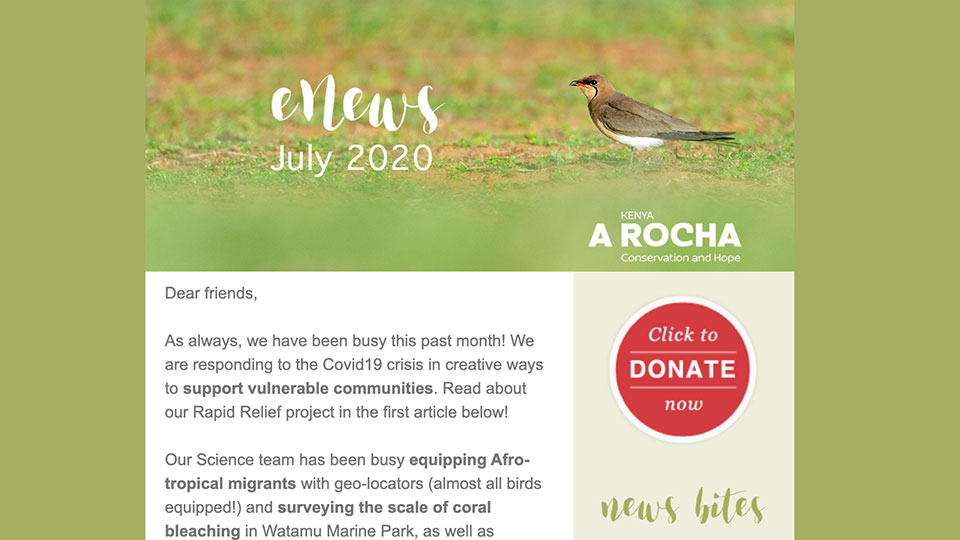Institutional compliance training


With over 10 years' experience in the Learning and Development industry, I deliver bespoke training projects to meet each customer's needs. I manage projects from start to finish including the planning, design, development, online facilitation and evaluation of each training. I have successfully delivered a dozen courses in diverse formats, providing learning solutions for thousands of local authorities and colleagues worldwide.
One of the things I love most about my job is translating complex topics into relevant and action-oriented content. I enjoy working closely with content experts to learn about new topics and developing my creativity and technical skills in a rapidly evolving field.
Institutional compliance training

Scenario-based learning

From face-to-face to online training
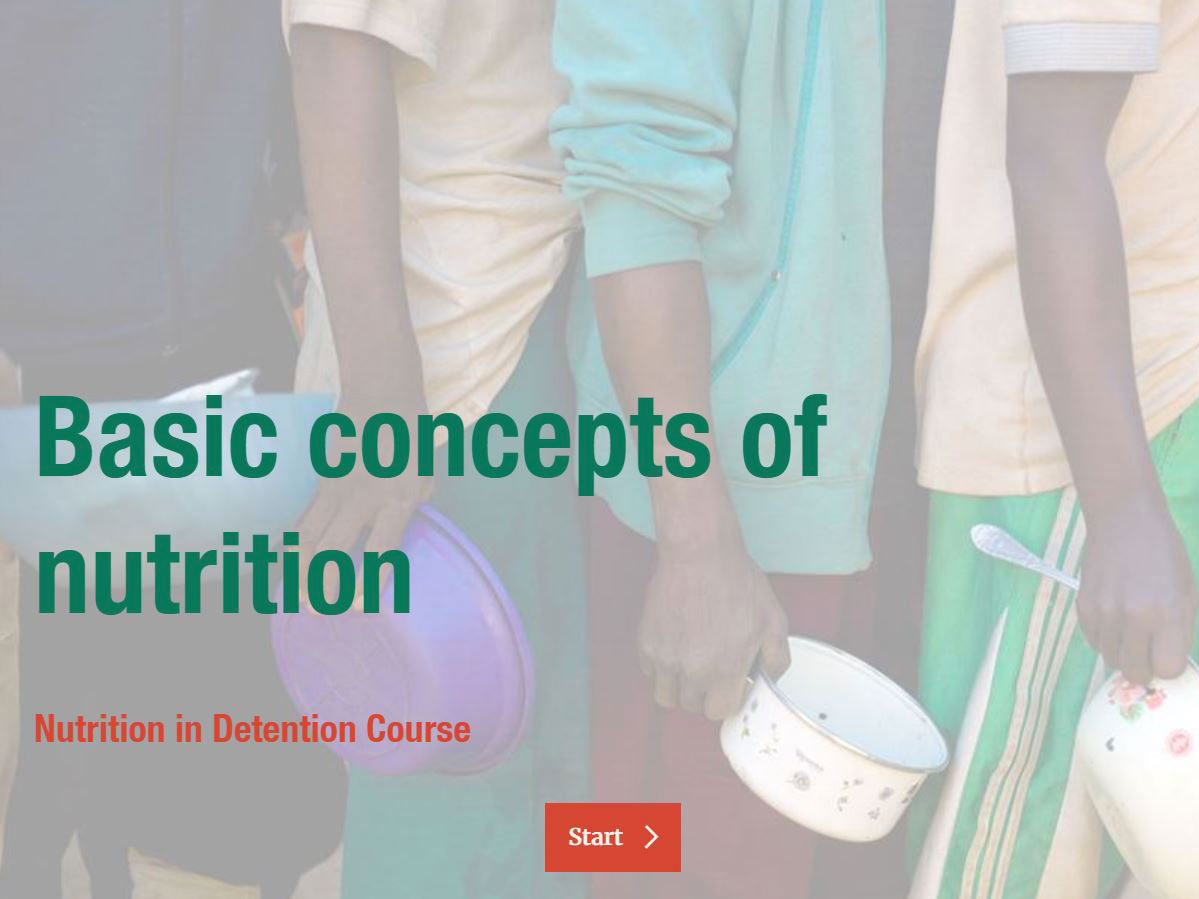
eLearning course & mobile app

Interactive software training
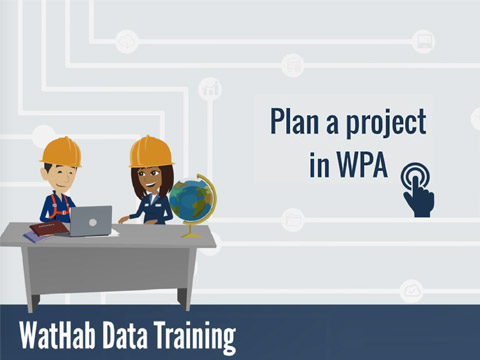
Blended learning
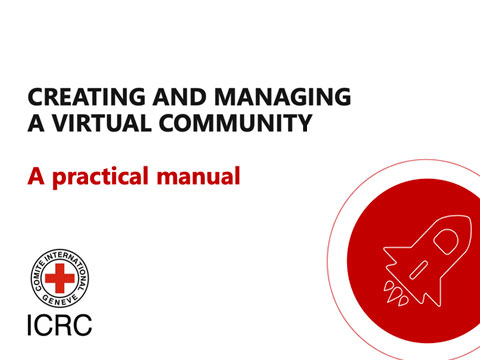
Instructional videos
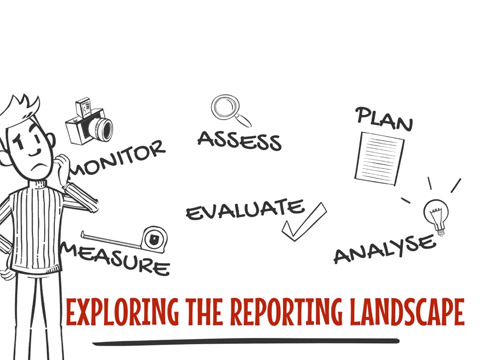
Communities of practice

Communications & Fundraising
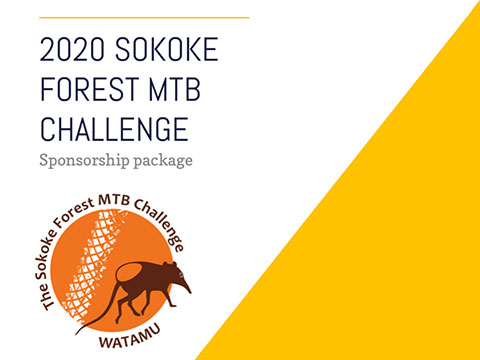
Authoring tools
Graphic Design
Learning Management Systems
Within the Learning and Development Division, I managed learning initiatives in close collaboration with internal experts and external providers. In the Operations Department, I developed software trainings, built internal training capacity, and supported the organization's digital transformation.
I worked on the development, promotion, and evaluation of online training courses on sustainable development, and communicated with a wide range of stakeholders to facilitate trainings and organize events.
Institutional compliance training
The objective of this institutional training was to help build a Speak Up Culture within the organization. The challenge was to engage a large and diverse audience in completing a compulsory compliance training, and to incite learners towards real behaviour change rather than simply ticking the boxes. We designed the course following High Performance Learning Journey principles.
With a series of realistic branching scenarios, learners can practice critical behaviors in a safe environment. They can try out different options and see the consequences of various courses of action. Each scenario ends with an infographic summarizing the key takeaways. Following the High Performance Learning Journey methodology, learners are faced with increasingly complex situations as they progress through the training.
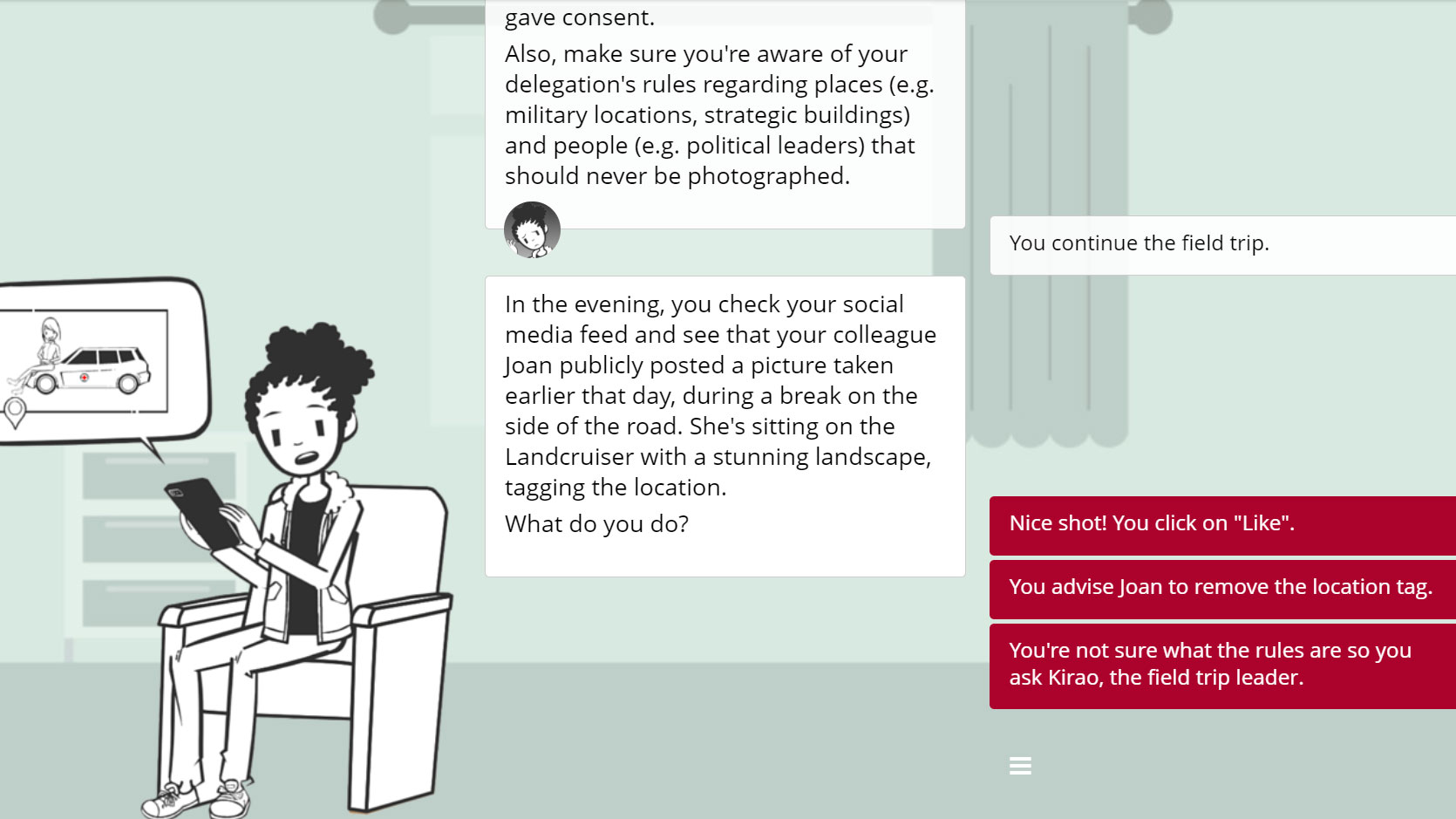
Going a step further, learners are invited to log their reflections in a personal journal and to have conversations with colleagues, complementing individual online learning with social exchanges.
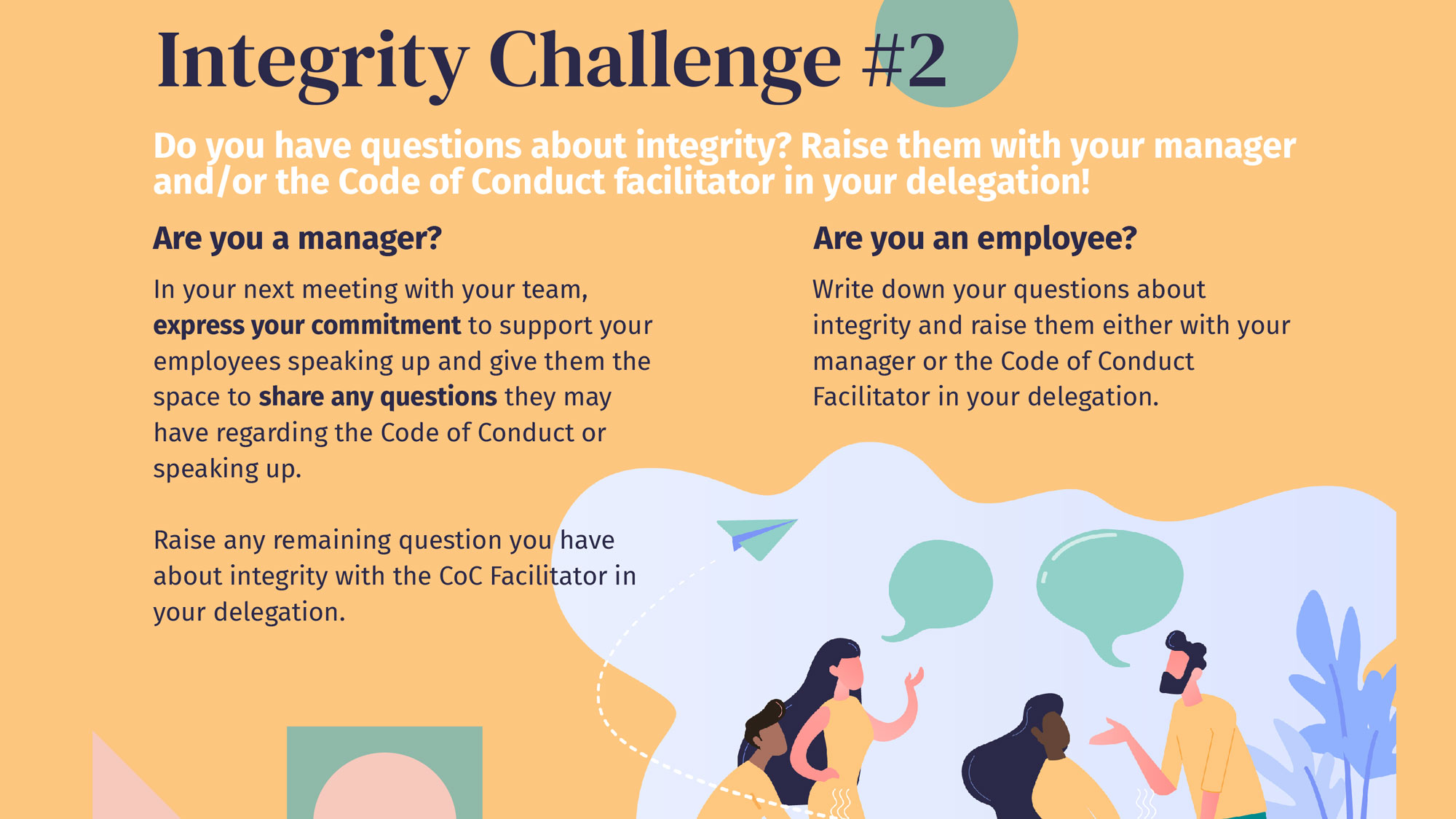
Learners end the training with a collective event to build engagement and support organizational culture change. Bridging the gap between online learning and on-the-job situations, this event helps facilitate the transfer of key learnings to real life.
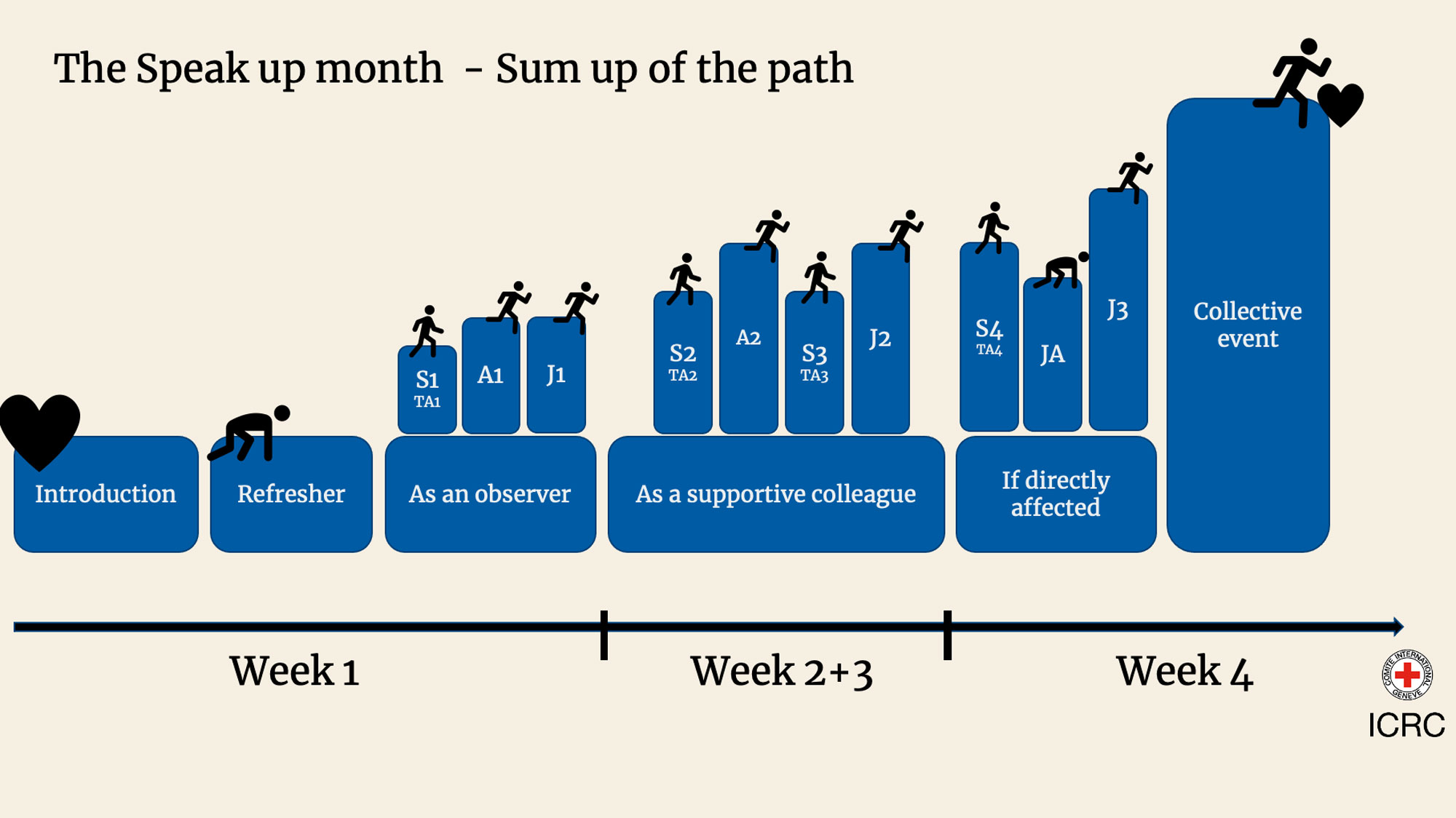
Scenario-based learning
The objective of this training was to train field humanitarian workers into a new methodology of interacting with beneficiaries. The challenge was to train learners into a specific set of behaviors through a fully online training.
Working closely with content experts and field workers, we drafted realistic scenarios for each stage of a project. This format allowed learners to practice how they interact with community members, and test out different options, in a safe environment. At several points in the scenario, we take a step out of the storyline and draw out key lessons learned.
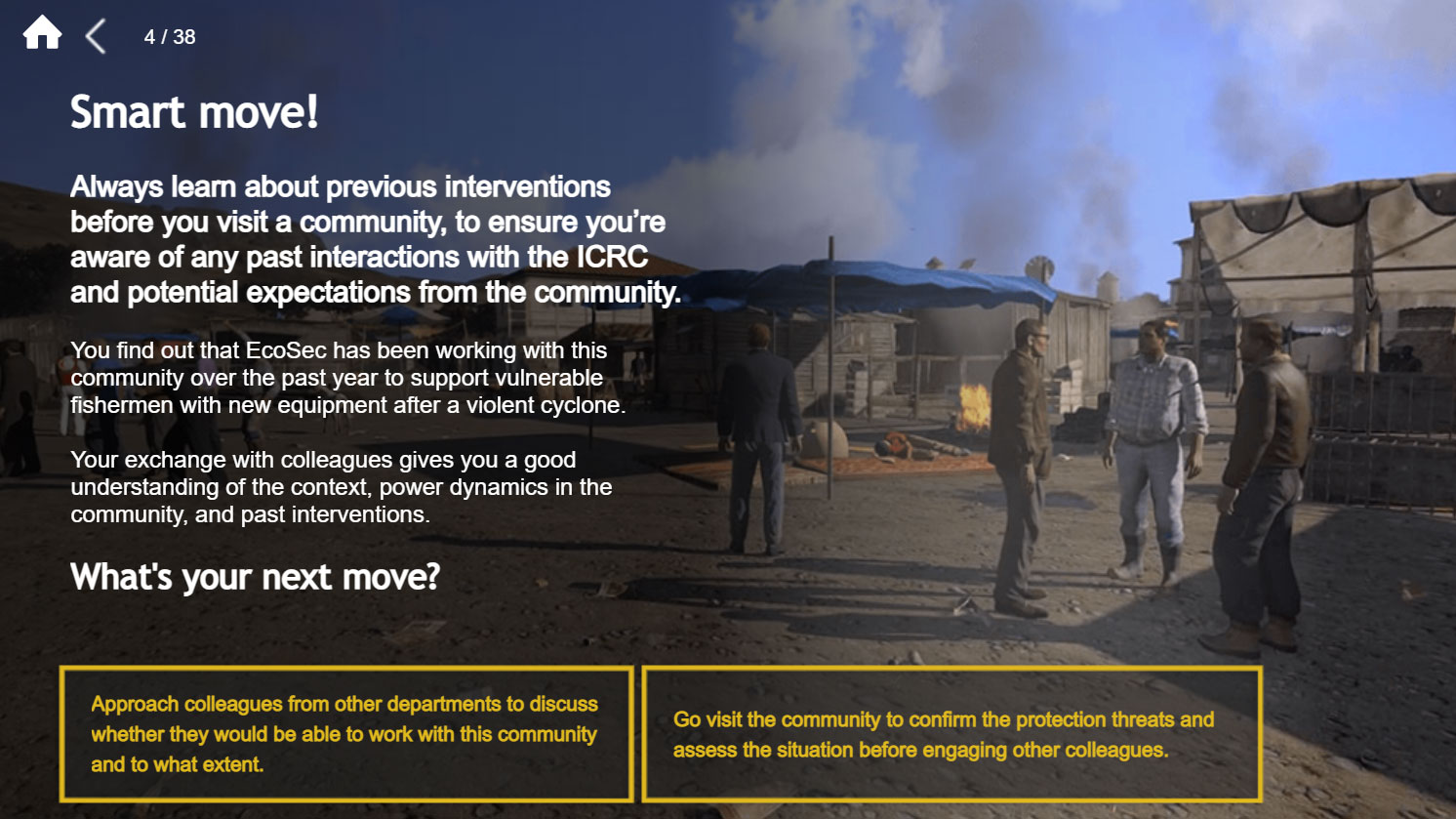
To accompany the scenarios, a short eLearning module was produced to provide contexte and rationale for this new methodology, as well as outline its key components. It includes formative assessment questions throughout to keep learners active and engaged.
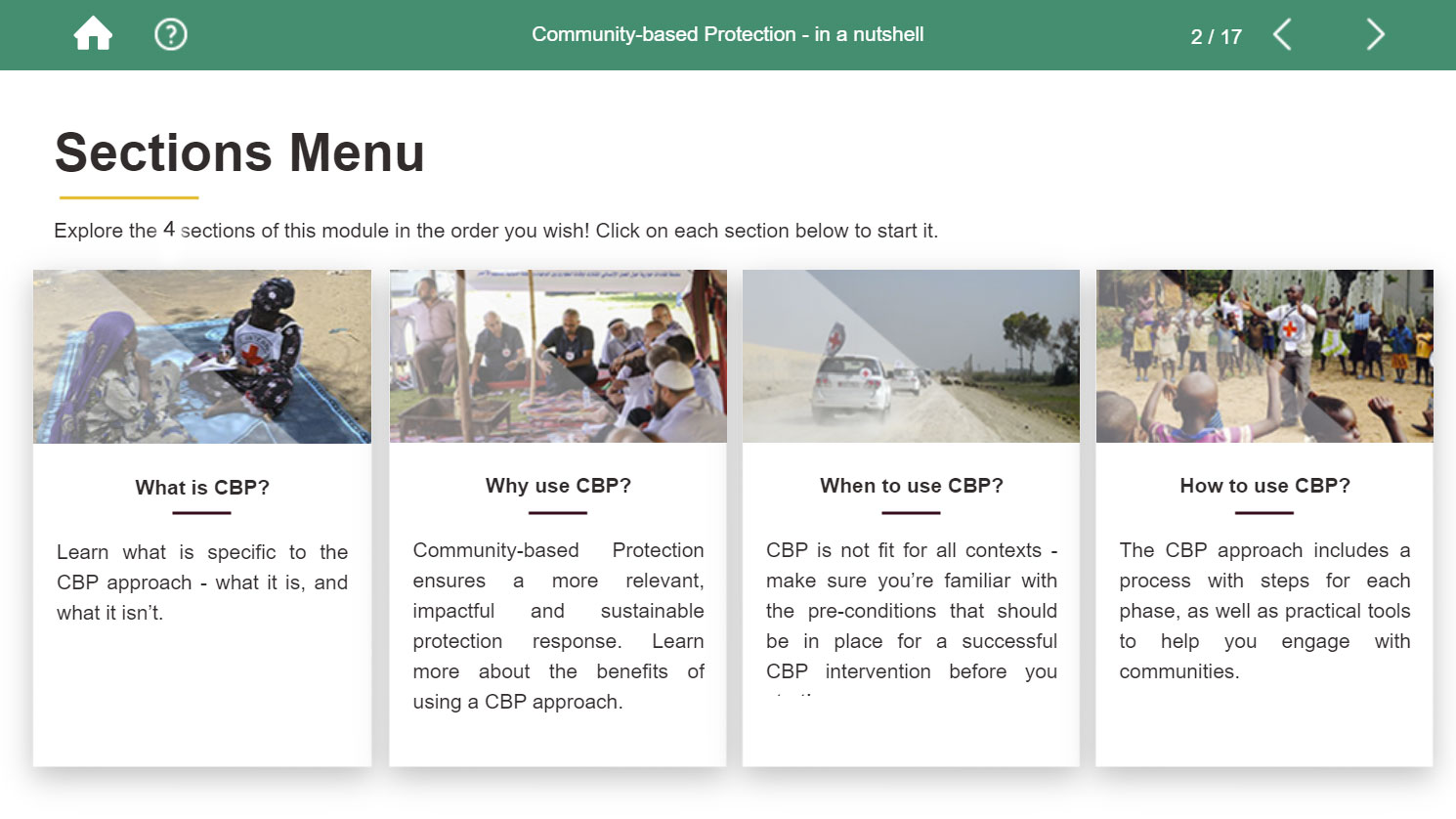
To help learners transfer their learning to their work, We created summary checklists of all the points to consider at each stage of the project, which can be printed and used on the job.
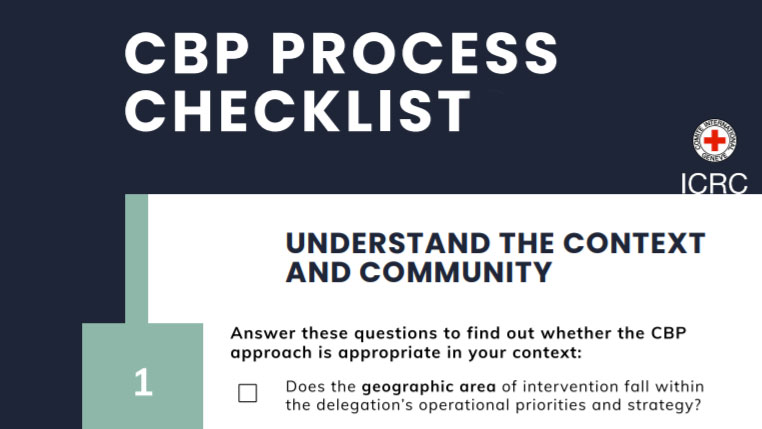
Moving face-to-face trainings online
With covid-related restrictions, many face-to-face trainings had to be adapted to be held fully online witin a short space of time. Drawing on various online learning modalities, this week-long classroom training was redesigned into a 3-week online learning path, including both self-paced modules and facilitated virtual classrooms.
We took the opportunity to review all the content, simplified and and divided it in small chunks to create short eLearning courses. To diversify the format and stay within the project short schedule, some content was also conveyed through recorded PowerPoint presentations.
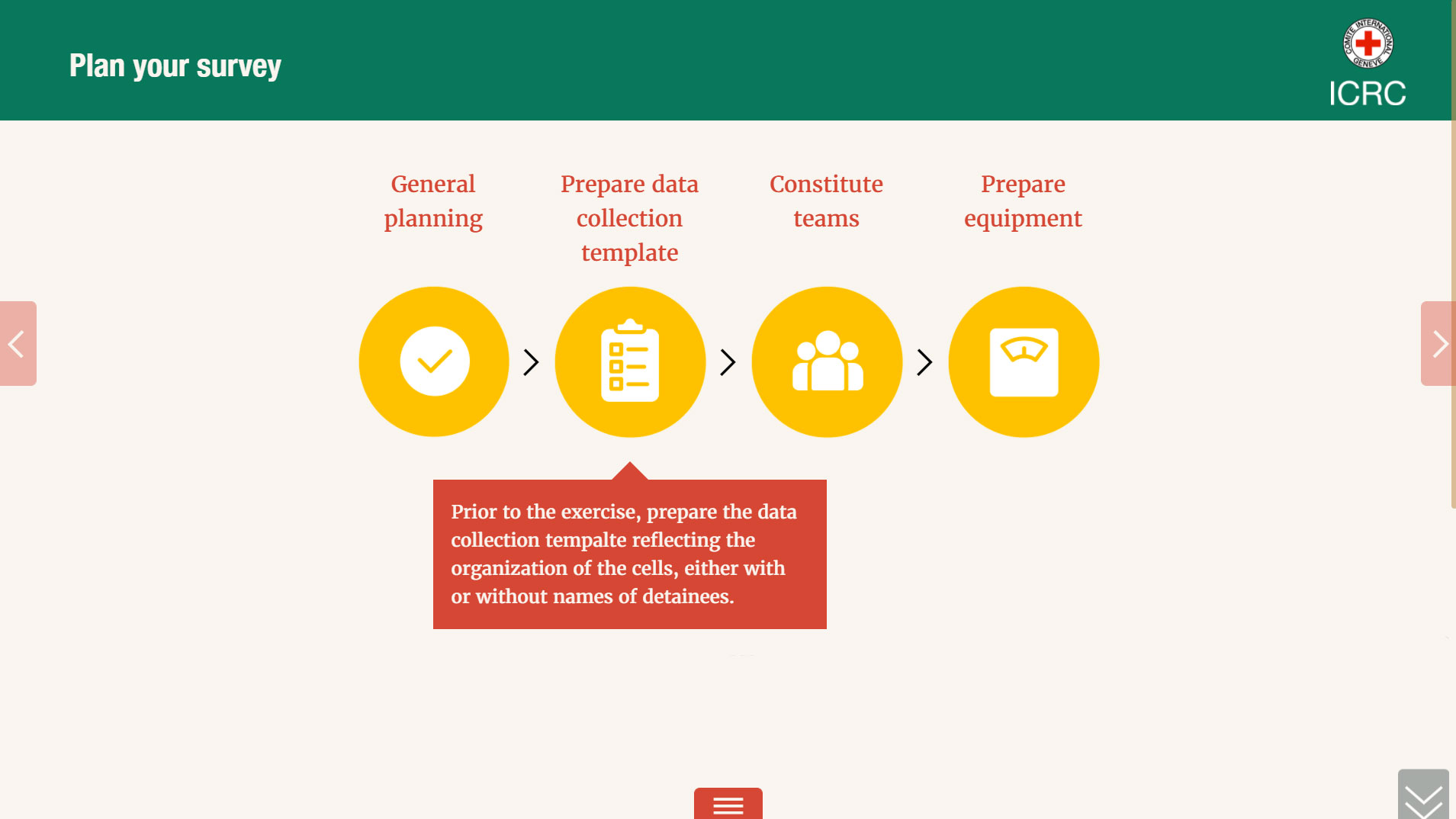
Throughout the self-paced phase, learners had formative quizzes and exercises to complete, as well as questions to think about which then form the backbone of the discussion in webinars - linking personal learning with social exchanges.
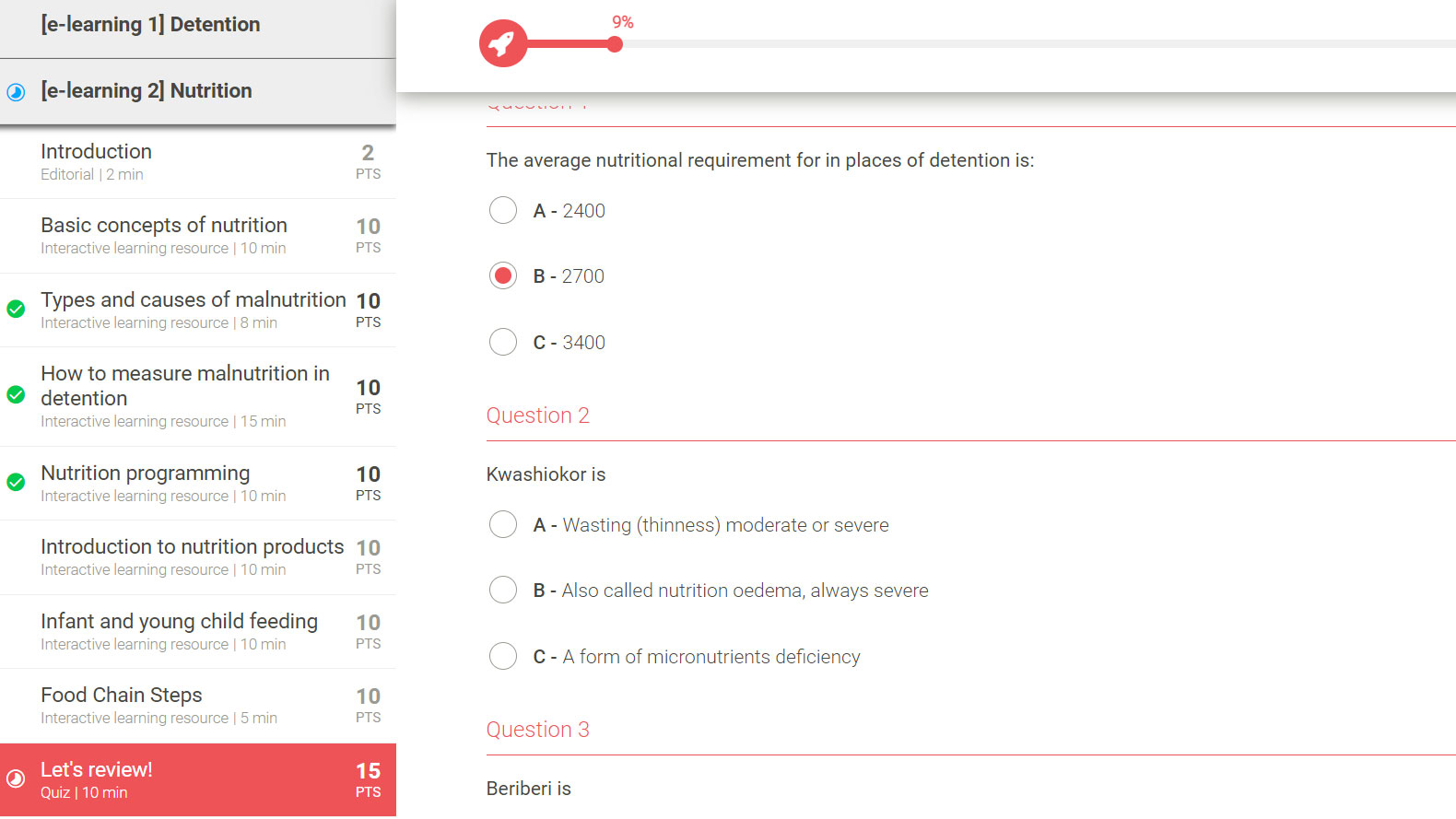
Having moved the theoretical content to online modules, virtual classrooms were focused on application exercises and group work. We relied on a combination of social collaboration tools (Teams and Mural) to facilitate group work online.
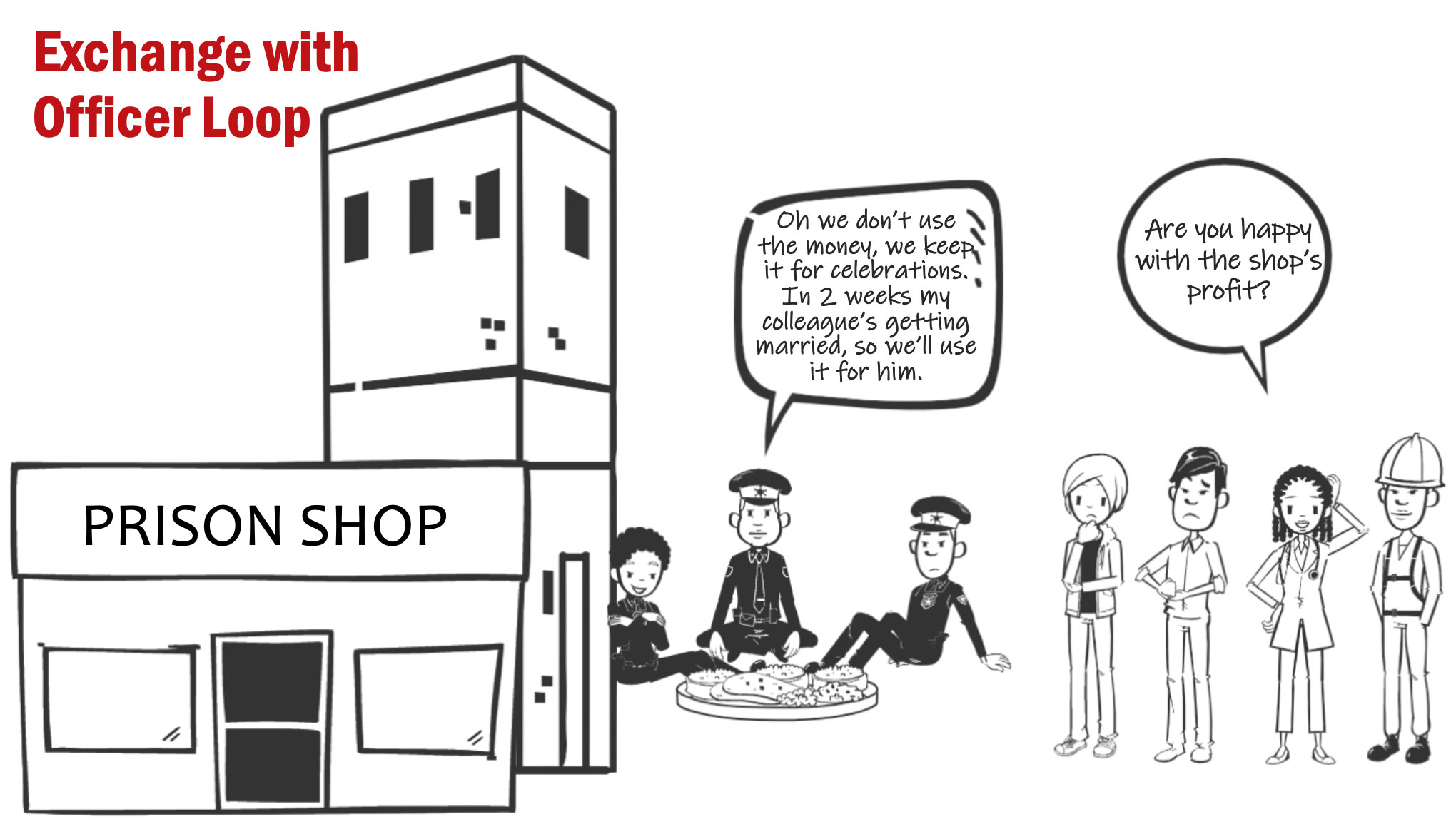
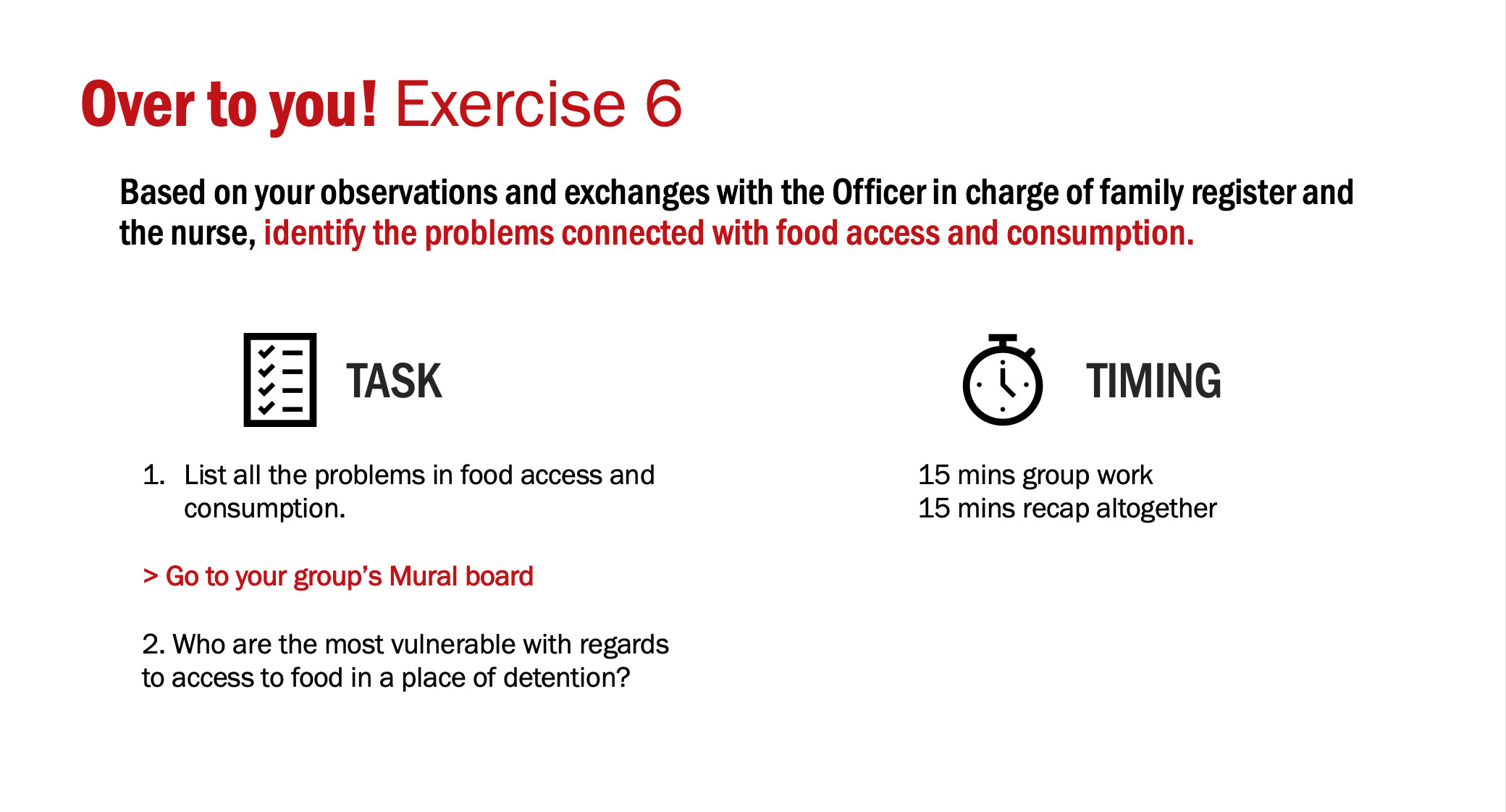
eLearning course & mobile app
Following the launch of new standards for Protection field work, a wide range of humanitarian workers on the field had to be updated and trained. The challenge was to reach a broad audience: learners are spread out across the world, work in different organisations, speak different languages and spend a lot of time in the field.
I managed the external provider commissioned to design and produce an eLearning course, which was then internally translated in 5 languages. I then hosted this course both on the ICRC Learning Platform and partnered with DisasterRelief, to ensure broad access across organisations.
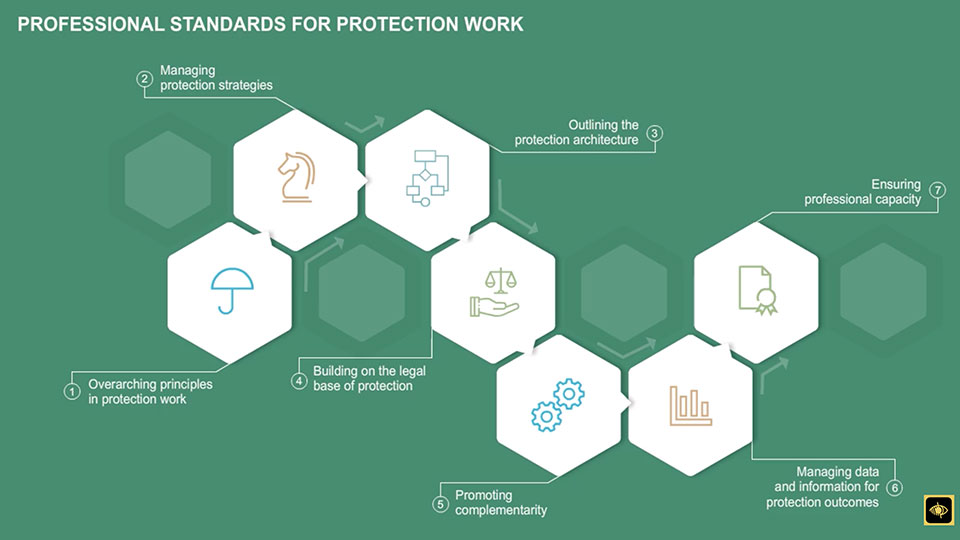
To make the new standards as accessible and engaging as possible, we included animations, practical examples, and formative assessment questions.
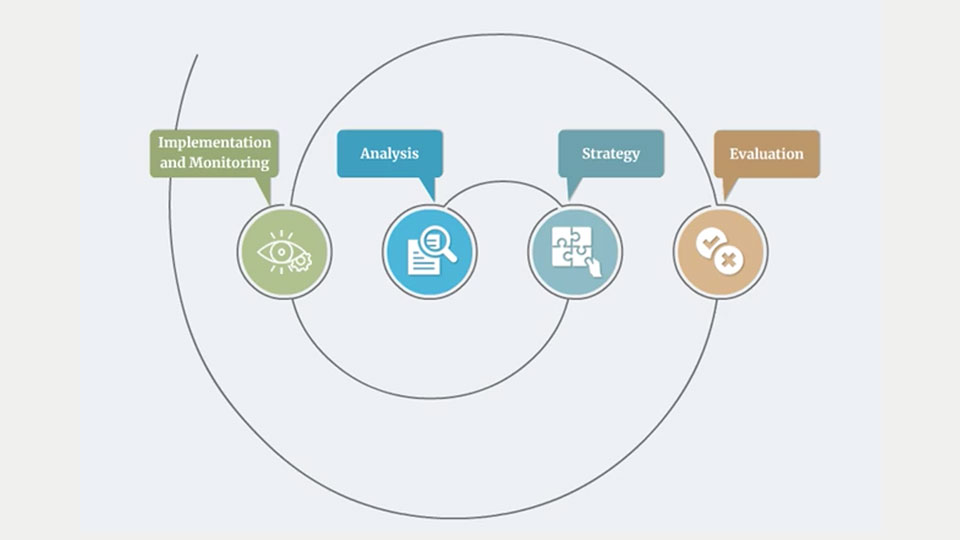
Working with another external provider, we developed a mobile app including both the standards and the eLearning modules in order to facilitate seamless access to the standards for field workers when they are out of their office.

Interactive software training
The objective of this project was to update both the content and format of an existing software training intended for staff spread out in remote locations and changing regularly due to high staff turnover. User feedback indicated that this software was perceived as ineffective and not engaging.
Working in a team with content experts, we opened the course with a series of animated videos starting from the learner's perspective, to convey rationale for this software and increase engagement. Using storytelling, humor, and shared organizational references, we created light and appealing content to overcome learners' initial resistance to this topic.
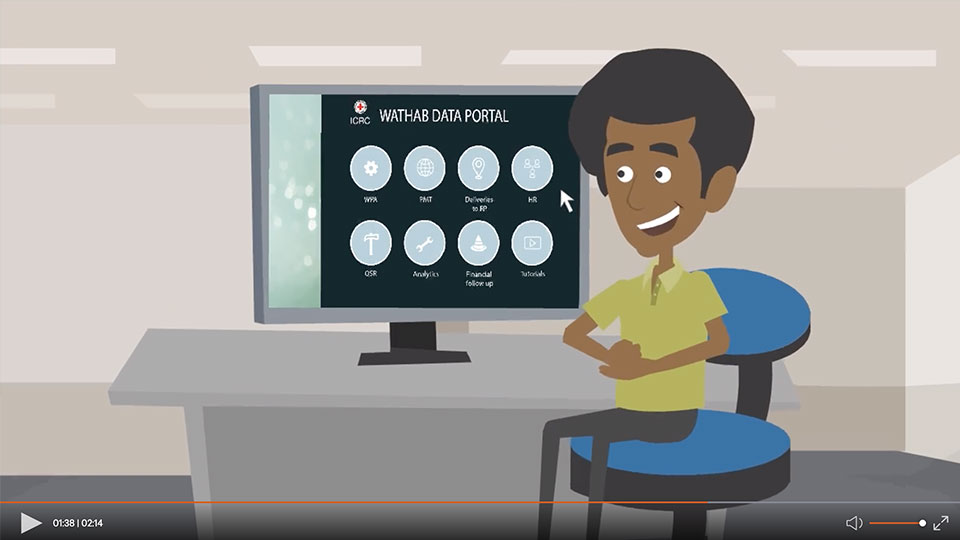
Animated videos lend themselves well to simplifying complex subjects, in this case, complex software interfaces. This helps learners to focus on the essential information we want to convey. I designed simplified interfaces in Adobe Illustrator and integrated them in the animated video production software (Vyond).
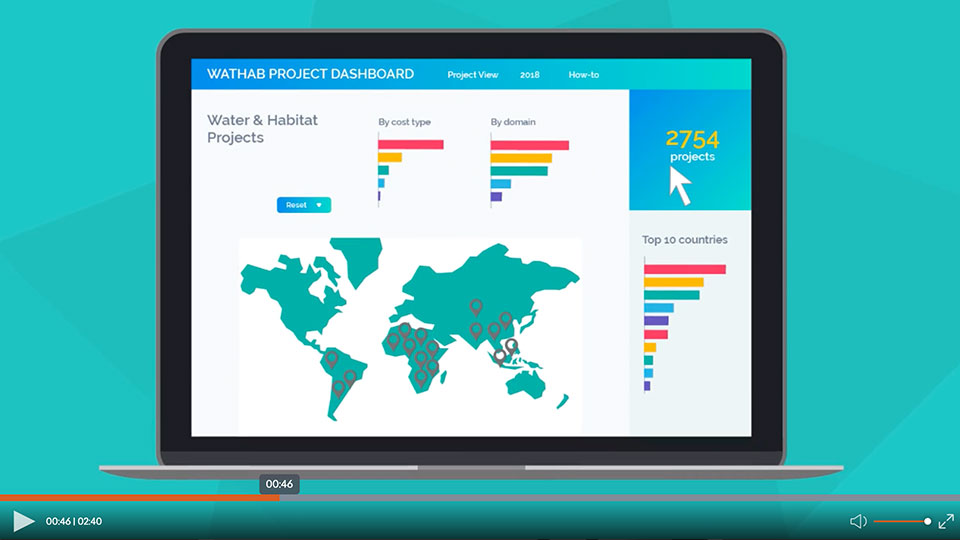
To keep learners actively engaged, we created a case study used throughout the modules of the course. Learners enter data from a realistic project in the application, thus practising going through all the steps in a safe environment. This simulation was developed through remote collaboration with the software expert based in Belgrade, using Adobe Captivate.
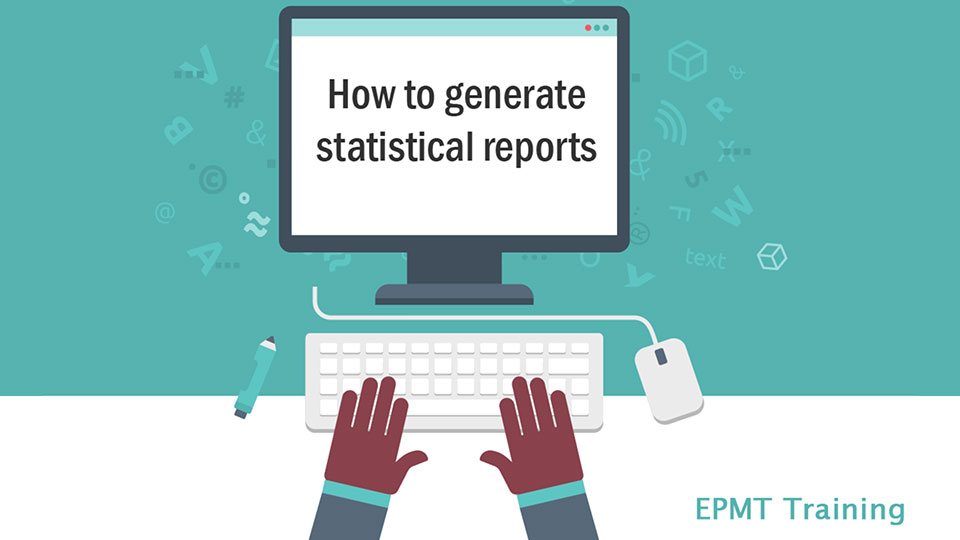
Blended learning
To accompany the launch of a new Communities digital platform, aspiring community managers needed training on how to set up, launch, facilitate, and manage their communities. The training had to include both technical and communication skills, and had to be available for new community managers at any time.
Working with the platform manager, we partnered with The Community Roundtable , who provided core content through a series of short videos and quizzes. I built a blended learning path that integrated this external content with tailor-made ICRC resources, case studies, and technical face-to-face workshops.
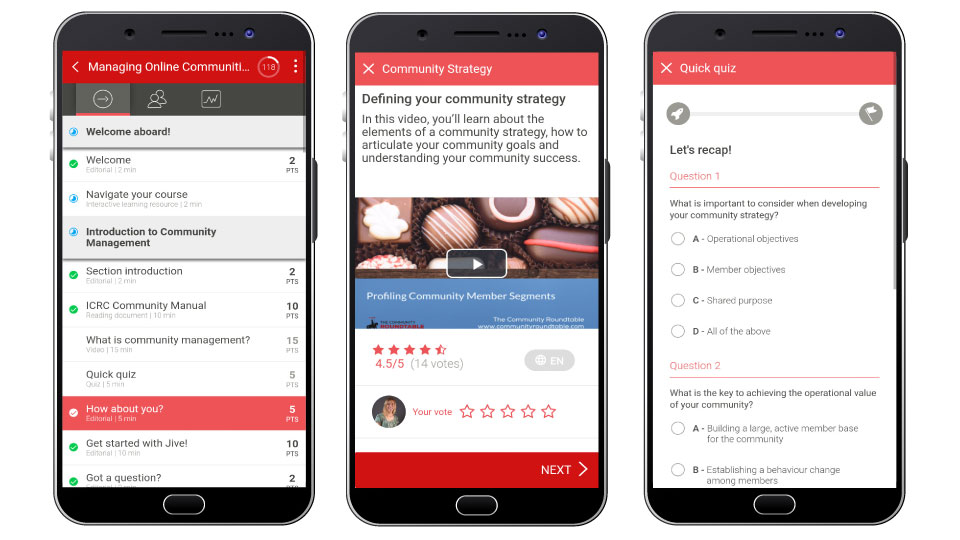
To make this training directly applicable to work, all exercises provided templates for community managers to plan and launch their community. These are a direct follow-up exercise from the video, but also constitute building blocks towards launching a community at the ICRC, directly connecting the training to learners' day-to-day projects.
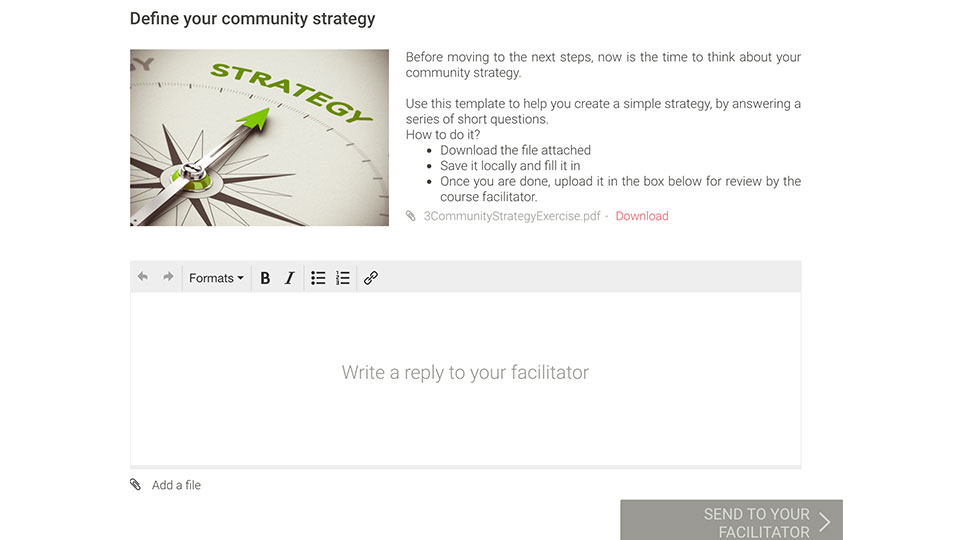
Integrated in an asynchronous training, a monthly drop-in session offers an opportunity for learners to ask questions, share ideas and get individualized support on their community.
Animated instructional videos
With the increasing complexity of organizational structures and systems, there is a growing need for translating complex subjects into simple messages for a wide audience with varying levels of understanding. Videos can build engagement and save time by avoiding repetition of information.
Working with content experts, I scripted and produced whiteboard/animated videos summarizing the topic at hand a few minutes, using an animation software called Vyond. Stories always start from the learner's perspective and questions, and use familiar work situations to build the scenario.
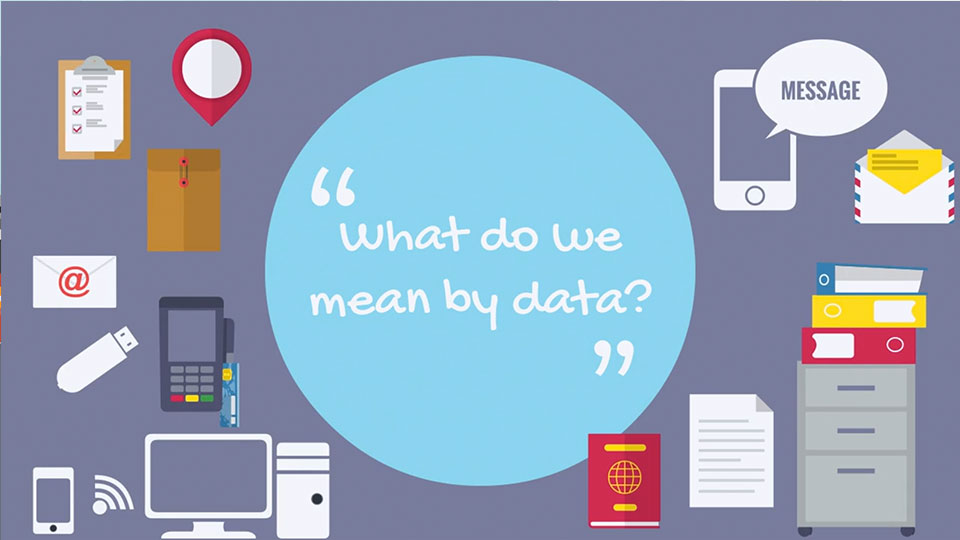
I used analogies to relate complex subjects to common situations. For example, we compared business intelligence to the food industry, and results-based management to a doctor's appointment. These videos successfully conveyed abstract information to a wide audience. To improve engagement, robotic voices were replaced with human voices, recorded and edited using Audacity. 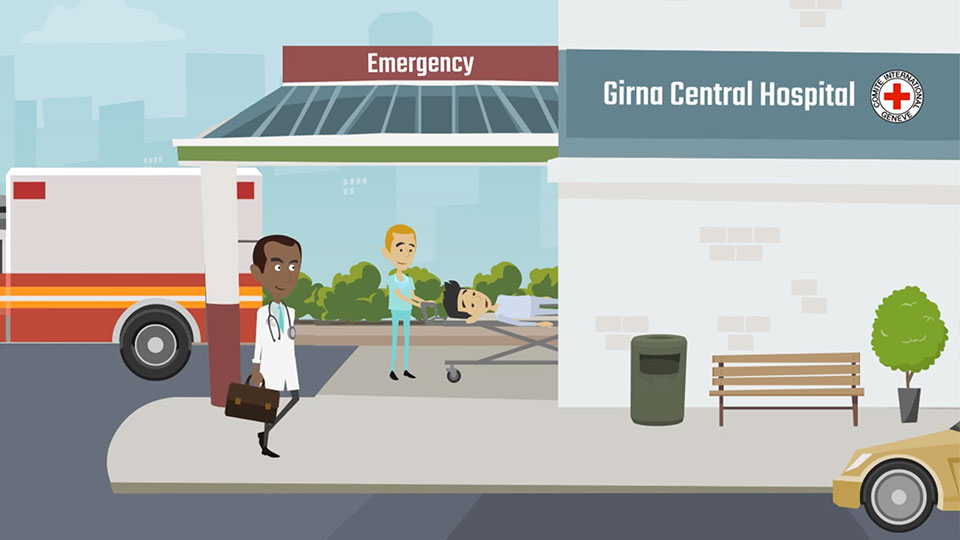
Whiteboard animations lend themselves well to explaining complex topics in an accessible way, by gradually adding layers of information. In this case, I used a whiteboard animation to outline reporting requirements to field officers - overlaying both departmental and organizational frameworks, with a voice guiding the viewer throughout the timeline. To ensure the content is relevant for the viewer, we use a realistic operational project throughout the explanation..
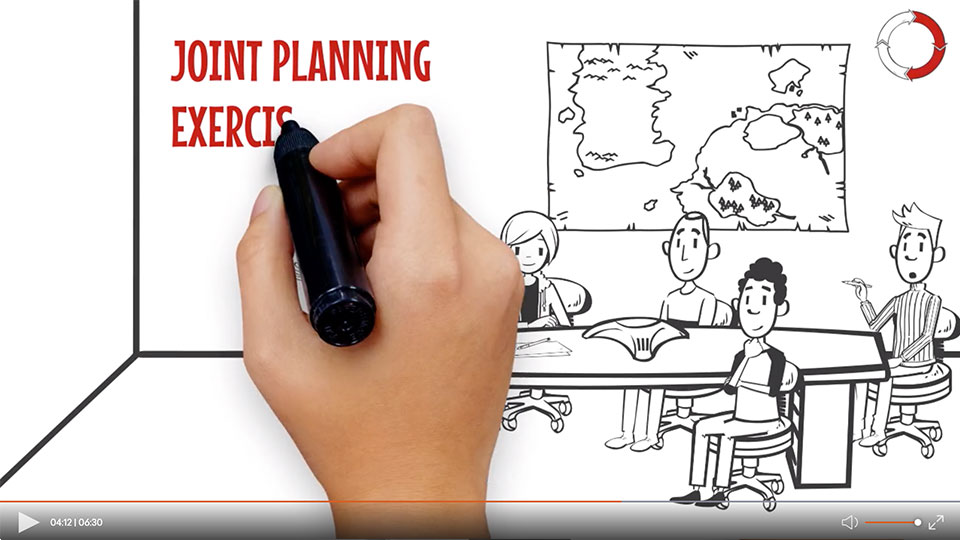
Designing and launching communities of practice
Online communities of practice are an increasingly popular way to connect humanitarian practitioners working in remote locations and promote sharing of experience and good practices. With the launch of a new communities platform came the challenge of designing efficient interfaces and building user engagement.
When introducing a new digital tool, simplifying the user experience and clearly outlining what users have to gain from it is critical. I worked with community managers to design a simple graphic chart for their community space. I chose to use hand-drawn illustrations to help users view it as an informal space, where they feel safe exchanging questions and experiences.
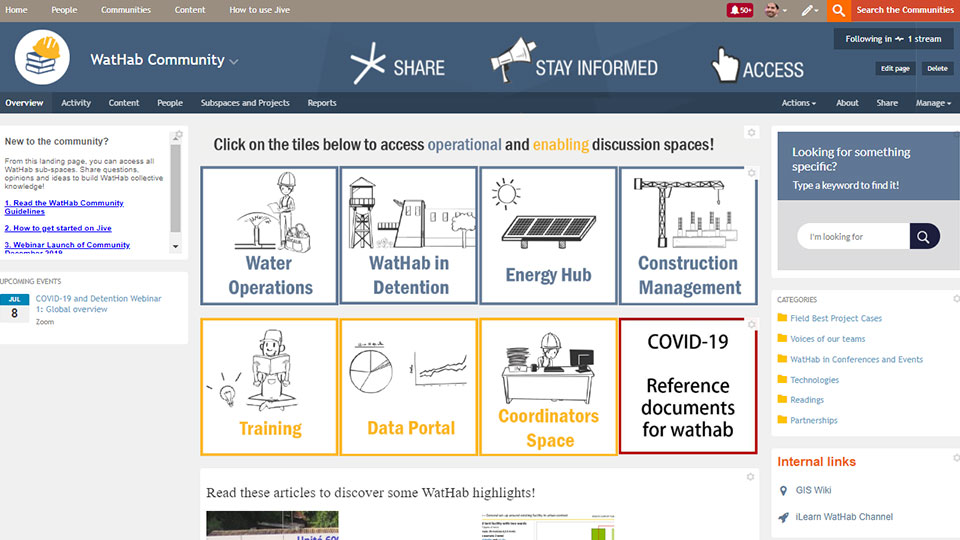
I assisted Community managers by creating simple and visual guidelines for new users, outlining both the purpose and steps to navigate the community space.

Communities of practice are a great tool to promote and complement learning paths, whether it is reaching out to the training audience to promote content, using the platform as a learning forum, gathering feedback on specific questions, or better understanding learners' issues and work realities.
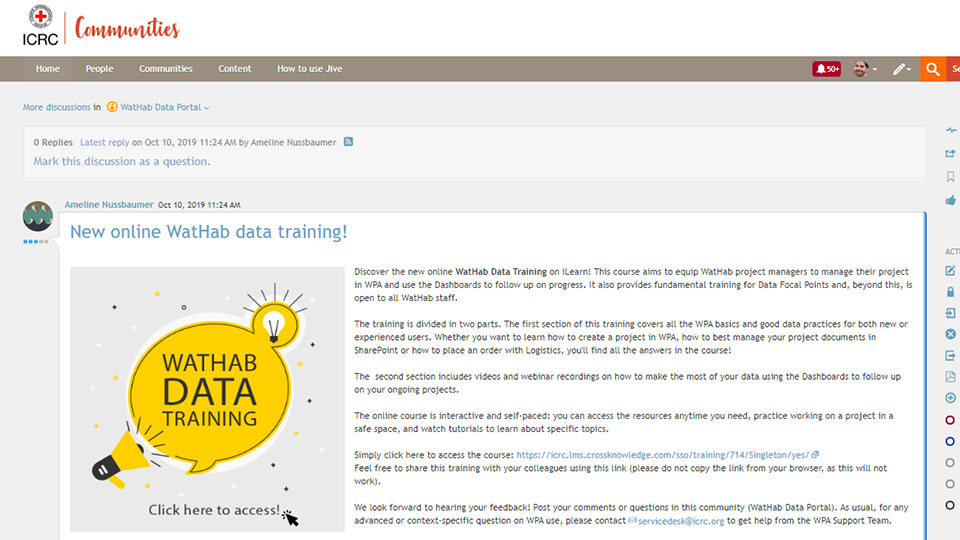
NGO communications and fundraising
Working with A Rocha, a community conservation organization in Kenya, I supported project teams with communications and fundraising. Both of these go hand in hand and are critical to raise the support needed for the organization.
I led two crowdfunding campaigns, using infographics to convey key numbers and messages on Mailchimp and m-Changa, a Kenyan crowdfunding platform. These campaigns require high-impact and simple messages, and engaging visual imagery to raise attention. I also successfully drafted and submitted a pre-proposal to the IUCN, which led us to be selected for the grant.
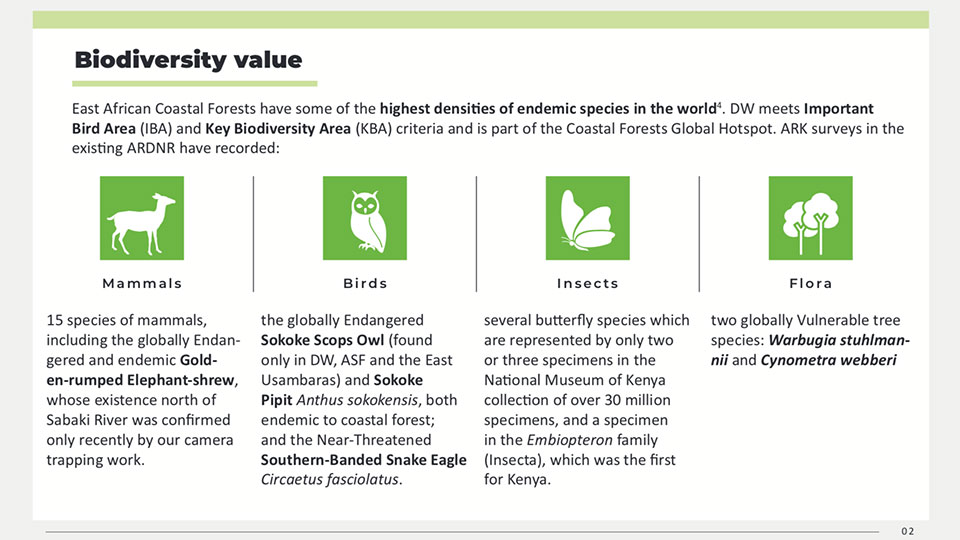
Using a graphical chart in line with the NGO's work, I designed communication and design materials such as Annual Reports, posters, and branded objects.
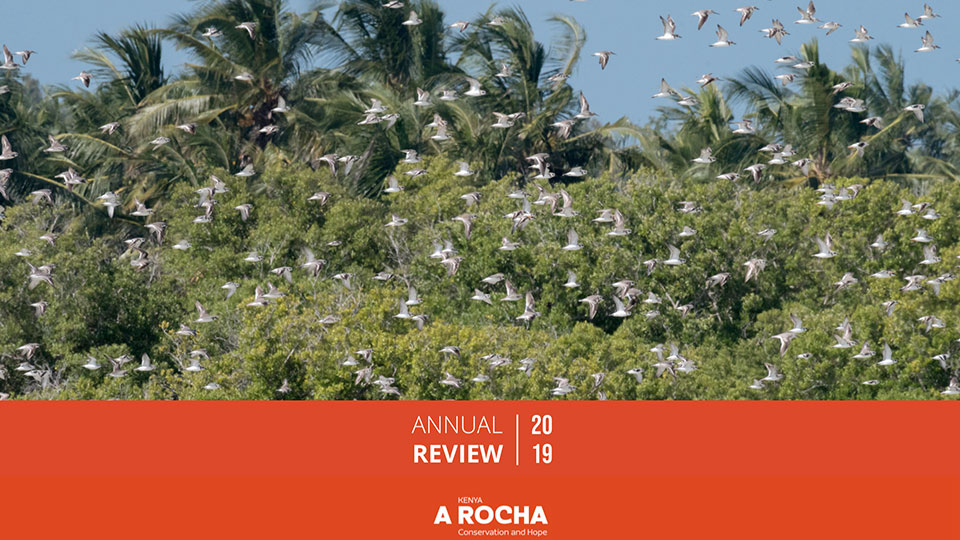
To ensure regular communication, I used tools such as Hootsuite and Mailchimp to organize social media posts and monthly newsletters, and drafted blog articles on current projects and stories.
